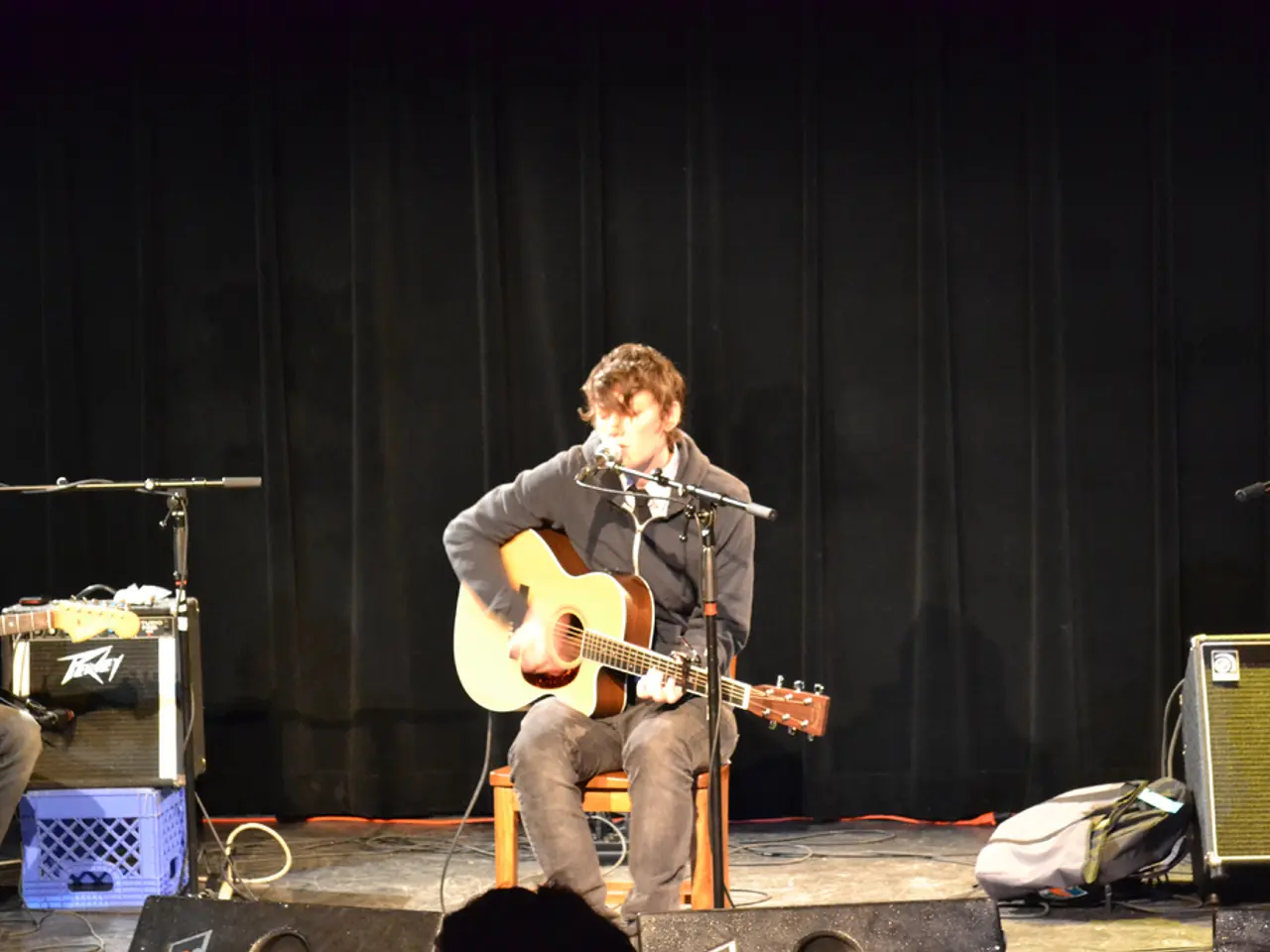Creating Your Own Soundproof Haven: A Guide to Home Soundproofing
Creating a Budget-Friendly Soundproof Booth for Music and Creative Projects
If you're looking to soundproof a small area for music, podcasting, or creative projects without breaking the bank, here's a guide to help you get started. The key is to combine sound isolation and absorption techniques using affordable and DIY-friendly materials.
1. Choose a Small, Enclosed Space
Ideally, you should select a somewhat enclosed, small space such as a closet or a small corner. Closets are perfect because they are naturally isolated, often tucked away, and small enough to treat inexpensively.
2. Add Mass and Seal Gaps
To block sound transmission, increase the density of your walls by adding materials like drywall or plywood. Seal all gaps and cracks completely, including around windows, doors, and cable holes using sealant or acoustic caulk to prevent sound leaks.
3. Use Absorption Materials Strategically
Thick, soft materials like acoustic blankets, dense moving blankets, heavy curtains, or quilts (including pillows and clothes) can absorb sound reflections inside the booth, improving recording quality. Avoid just carpet since it only absorbs high frequencies and is less effective overall.
4. DIY Acoustic Panels
Build acoustic panels by combining wooden frames with insulation, covered with fabric to absorb mid and high frequencies, reducing echo and reverberation. Acoustic foam tiles are useful for internal sound absorption but do not soundproof by themselves as they don’t block sound transmission.
5. Frame and Insulate for Better Isolation
For a more permanent DIY booth, build a timber frame box around your recording area, fill spaces with insulation (e.g., mineral wool), and cover with drywall or plasterboard. Keep the frame flush to existing walls to maximize space and ensure a tight seal.
6. Test and Adjust
Perform sound tests before sealing all gaps permanently to check for leaks or problematic reflections. Adjust material placement as needed.
Summary of Effective Budget DIY Soundproofing Materials and Strategies
| Technique/Material | Purpose | Notes | |----------------------------------|---------------------------------|--------------------------------------------| | Closet/small enclosed space | Natural isolation | Minimal sound leakage; easy setup | | Sealant/acoustic caulk | Seal gaps | Prevents sound leaks | | Drywall/plasterboard | Add mass for sound blocking | Denser walls reduce sound transmission | | Acoustic blankets/heavy fabrics | Absorb sound inside | Thick blankets or quilts preferred | | DIY acoustic panels (wood + insulation) | Absorption and echo reduction | Fabric-covered panels are ideal | | Acoustic foam tiles | Absorb mid-high frequencies | Good for internal treatment, not blocking | | Insulation (mineral wool, rockwool) | Sound absorption and isolation | Used inside framed walls for better blocking|
By combining these methods, you can create a cost-effective, DIY soundproof booth that improves vocal and recording clarity while reducing external noise interference without expensive professional buildouts. Happy recording!
Sources: [1], [2], [3], [4], [5]
7. Implement These Techniques for Your Home Studio
Invest in a home studio with these budget-friendly soundproofing strategies. You can easily integrate acoustic blankets, DIY acoustic panels, and acoustic foam tiles into your existing decor, boosting your lifestyle with improved audio quality.
8. Unleash Your Creativity With Updated Gadgets and Technology
Equip your home studio with the latest gadgets and technology in fashion-and-beauty, food-and-drink, home-and-garden, education-and-self-development, and entertainment. Engage with music, learning, and creative projects unfettered by the constraints of poor recording conditions.




